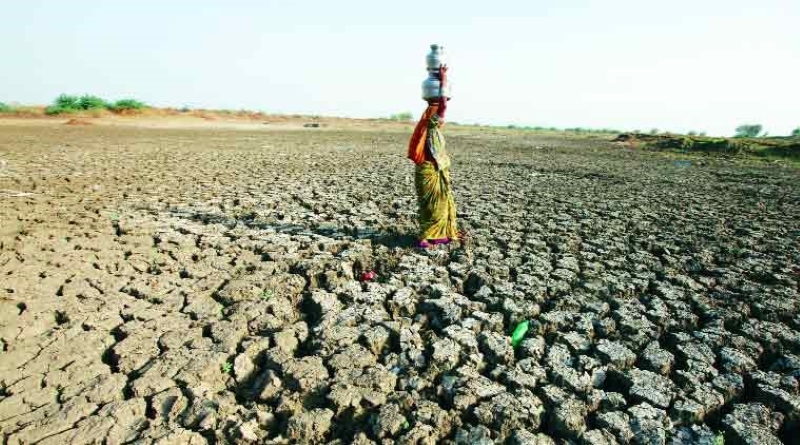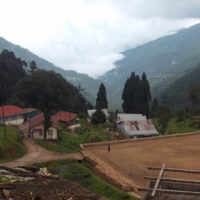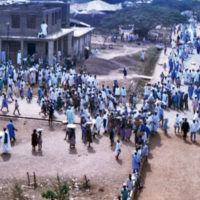WILLS POINT, TX – Various international organizations observed World Water Day on March 22, 2019. World Water Day should be a time for celebrating the life-sustaining gift of clean water. Unfortunately, the Earth at large is facing a world water crisis – water scarcity caused by increased demand and diminished supplies.
India Spend published a story on April 3, 2019, indicating that fully 42% of the land in India is under drought conditions. The present is bleak and the future is not currently predicted to get any better.
We are asking Missions Box readers to pray for relief from what appears to be an impending national water crisis for the people of India.
A recent publication by the National Institute for Transforming India indicated that although water management is improving across the board, “the country faces significant risks” for half of the country’s population and agricultural regions. Put another way, more than 600 million people are in danger of having no access to water.
Somewhere between 20% and 30% of India’s agricultural output is at risk due to “rapidly declining groundwater levels and limited policy action.” If conditions continue to degenerate, there will not only be insufficient water to quench the thirst of half the country’s population but they could also face “a significant food security risk.”
India Spend reported that
“Lower rainfall has reduced water levels in reservoirs across the country. The amount of water available in the country’s 91 major reservoirs has gone down 32 percentage points over five months to March 22, 2019. In 31 reservoirs of southern states, the water level has gone down by 36 percentage points over five months.”
Despite the 2018 flooding in southern India, rainfall from October through December was 44% below average. The August 2018 monsoon brought the worst flooding in a century to the State of Kerala.
Sadly, over 400 people died in the floods and about one million people were displaced. Millions more Indian people could suffer sickness, death, and addition displacement under continued drought conditions.
In November 2018, reservoirs across the entire country were only at 67% capacity. As of last month, the quantity had dropped to 35%. That is nearly a 50% decline.
The reservoirs in the southern and western states have dropped below 25% of their capacity.
The problem is not limited to farming regions. The Composite Water Management Index (CWMI) published in June 2018 noted that
The CWMI estimated that 40% of the entire population will have no access to water by 2030, just 11 years from now. If things remain relatively the same, the overall demand for water will become twice the available supply during that period.
Managing any country’s water supply requires an intense amount of research, development, and expense. The difficulty of the task ahead for developing India’s water management system is exacerbated by a combination of elements including the desperate need for rainfall.
Elijah was just a regular man but when he prayed for no rain, it did not rain. When he prayed for rain, the clouds arose on the horizon and a downpour ensued. (See James 5)
We can do nothing to provide rain for India, but we can pray that the Lord will extend His grace and cause it to rain so that FBOs will be able to effectively operate and share God’s love and the springs of living water that flow from the Word of God.
“Whoever drinks of the water that I shall give him will never thirst. But the water that I shall give him will become in him a fountain of water springing up into everlasting life.” John 4:14
To read more news on India on Missions Box, go here.
Sources:
- India Spend, 42% India’s Land Area Under Drought, Worsening Farm Distress In Election Year
- National Institution for Transforming India, Composite Water Management Index
Image Source:
- MrGauravBhosle [CC BY-SA 4.0]
Special Reports on the Global Water Crisis:
For more information about this, click here.





